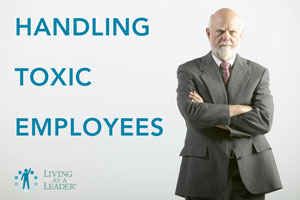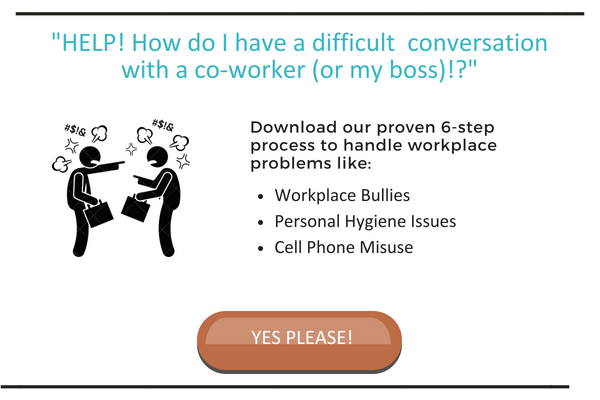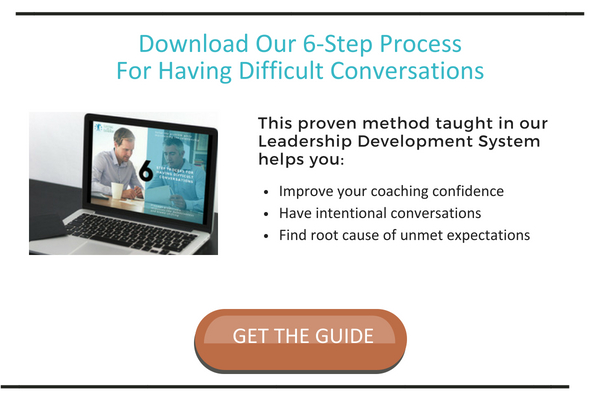 In a recent meeting with a potential Leadership Development System client, our point of contact was sharing with us the energy and excitement around this development opportunity for all their leaders.
In a recent meeting with a potential Leadership Development System client, our point of contact was sharing with us the energy and excitement around this development opportunity for all their leaders.
The leaders were thrilled to embark on this journey in the weeks and months to come –almost all of them.
“Well, what about Tom? What are we going to do about Tom?” we were asked.
Tom is a veteran employee that has been with the organization for nearly 30 years. He has a reputation for challenging ideas and initiatives.
He complains openly to others about the company and its leadership. His behavior toward others is generally negative and his performance is mediocre at best.
Again, we were asked, “What are we going to do about Tom? He’s not going to want to participate in this development opportunity so it’s probably best we don’t include him, even though he is a leader and he should be there.”
Over the course of 30 years, Tom has worked for 12 different leaders, rotating through various roles in the organization every 2-3 years.
We asked respectfully, “Why is Tom still here?” The response was,
“Because we don’t know how to address his behavioral issues, so we just keep moving him around.”
This constant rotation is equivalent to rotating a bald tire on your car. You keep changing it from one axel to another rather than replacing it.
You convince yourself that maybe the next rotation will be better, so you hold on for a little longer.

Holding On To Toxic Employees Hurts Your Company
- You lose good people who are affected by the Toms of the world.
- Poor behavior gets rewarded and continues.
- The work environment becomes toxic.
- Quality and productivity are negatively affected.
Here are 7 strategies for dealing with difficult employees and their negative behavior.
- Define clear expectations around behavior.
- Let people know what the desired behavior needs to look like and sound like - be very specific.
- Monitor behavior like you would monitor performance. Address the issue immediately after the observation.
- Provide specific details about the behavior. Focus on what you saw and what you heard.
- Ex: “I saw you roll your eyes in the meeting.”
- Avoid providing your interpretation of their behavior, such as “you must not care.”
- Restate the expectation and desired behavior again.
- Ex: “The expectation is that you don’t roll your eyes during the meeting. Instead, if you have a question or concern, please ask or share it in the meeting.”
- Provide positive feedback to reinforce the good behavior.
- If the behavior continues to not meet expectations, alert the employee to potential consequences.
When leaders allow unacceptable performance or behavior to continue in the workplace, it creates new expectations that become unacceptable but tolerated. Bald tires may be rotating at an inflated rate in organizations because we let them.
